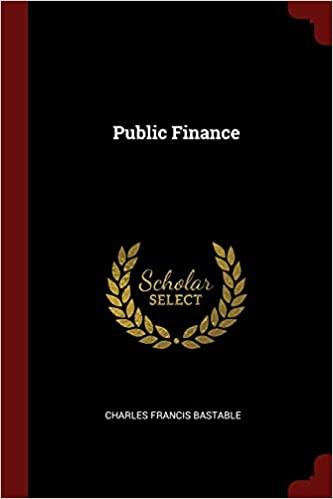Question
Bond Valuation (Answer All Please) I added all the drop down list in the Fill in the Blank section First Part - Will or Might

Bond Valuation (Answer All Please)
I added all the drop down list in the Fill in the Blank section
First Part - Will or Might - is obligated or would like
Second Part
- equal, exceed, or be less than - a discount, par or a premium
Third Part (Variable Name and Variable Value) A. Bonds Market Price, Bond's Annual Coupon Payment or Bond's Semi Annual Coupon Payment || 52.50, 26.25, 210 or 78.75 B. Bonds par Value, Semi Annual Coupon Payment, or Bond's Market Price C 9.2500%, 6.5000%, 3.8125%, or 3.000%
Fourth Part - Unreasonable or Reasonable
5th Part - 755, 1295, 1079 or 1403 - greater, less or Equal To - trading at a discount, trading at par or trading at a premium
6th part - Select the true statement
Thanks in advance!
6. Bond valuation Aa Aa The process of bond valuation is based on the fundamental concept that the current price of a security can be determined by calculating the present value of the cash flows that the security will generate in the future. There is a consistent and predictable relationship between a bond's coupon rate, its par value, a bondholder's required return, and the bond's resulting intrinsic value. Trading at a discount, trading at a premium, and trading at par refer to particular relationships between a bond's intrinsic value and its par value. These result from the relationship between a bond's coupon rate and a bondholder's required rate of return pay, and a bondholder's required return Remember, a bond's coupon rate partially determines the interest-based return that a bond reflects the return that a bondholde to receive from a given investment The mathematics of bond valuation imply a predictable relationship between the bond's coupon rate, the bondholder's required return, the bond's par value, and its intrinsic value. These relationships can be summarized as follows: When the bond's coupon rate is equal to the bondholder's required return, the bond's intrinsic value will equal its par value, and the bond will trade at par. When the bond's coupon rate is greater to the bondholder's required return, the bond's intrinsic value will its par value, and the bond will trade at a premium . When the bond's coupon rate is less than the bondholder's required return, the bond's intrinsic value will be less than its par value, and the bond will trade at For example, assume Jackson wants to earn a return of 6.00% and is offered the opportunity to purchase a $1,000 par value bond that pays a 10.50% coupon rate (distributed semiannually) with three years remaining to maturity. The following formula can be used to compute the bond's intrinsic value: Intrinsic Value Complete the following table by identifying the appropriate corresponding variables used in the equation Unknown Variable Name Variable Value $1,000 Semiannual required return Based on this equation and the data, it is value greater than $1,000 to expect that Jackson's potential bond investment is currently exhibiting an intrinsic Now, consider the situation in which Jackson wants to earn a return of 7.50%, but the bond being considered for purchase offers a coupon rate of 10.50%. Again, assume that the bond pays semiannual interest payments and has three years to maturity. If you round the bond's intrinsic value to the nearest whole dollar, then its intrinsic value of IS its par value, so that the bond is Given your computation and conclusions, which of the following statements is true? O A bond should trade at a par when the coupon rate is greater than Jackson's required return Q When the coupon rate is greater than Jackson's required return, the bond should trade at a discount O When the coupon rate is greater than Jackson's required return, the bond's intrinsic value will be less than its par value. O When the coupon rate is greater than Jackson's required return, the bond should trade at a premiumStep by Step Solution
There are 3 Steps involved in it
Step: 1

Get Instant Access to Expert-Tailored Solutions
See step-by-step solutions with expert insights and AI powered tools for academic success
Step: 2

Step: 3

Ace Your Homework with AI
Get the answers you need in no time with our AI-driven, step-by-step assistance
Get Started


